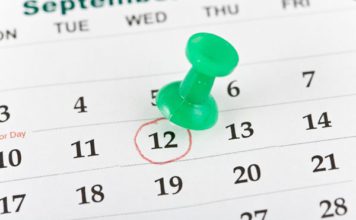Right now, the best way to see hyacinth is in pictures on boxes
of bulbs or in mail-order catalogues. The flower’s compact
cylindrical trusses of many small, fragrant flowers will not appear
in the garden until early spring.
Right now, the best way to see hyacinth is in pictures on boxes of bulbs or in mail-order catalogues. The flower’s compact cylindrical trusses of many small, fragrant flowers will not appear in the garden until early spring.
Now, though, is the time to plant their bulbs. Of the many spring bulbs, hyacinth has the most diverse color range, including white, pale yellow, and various shades of blue and pink. The deepest “rosy” pink is almost red. The darkest blue is almost purple.
Hyacinth, unfortunately, do not naturalize well or grow to be as tall as they do in other climates. Their mostly vertical leaves only reach about 3 or 4 inches tall. Flowers get to be about 6 inches tall. Because they grow somewhat slower than other spring bulbs and take more time to bloom after their foliage first appears, hyacinth are also a bit more susceptible to snail and slug damage.
Hyacinth are a favorite bulb for “forcing.” This is a procedure where bulbs are grown in water and gravel within a non-draining container. The gravel, or similar inert media, provides stability and supports the bulbs so that only roots extend into the water below.
The water level should be maintained at the bottom of the bulbs but no higher, as bulbs soaking in water rot easily. Bulbs may be covered with gravel, but they only need to be buried about halfway to stand firmly upright.
In a greenhouse, garage or lanai that is warmer than the temperature outside, forced bulbs can be grown at an accelerated rate to bloom and be brought into the home during winter, before similar bulbs are blooming in the garden. However, they bloom only once and can only be discarded afterward. Forcing exhausts the resources the bulbs previously store without providing sustenance needed for regeneration.
Tony Tomeo is a consulting horticulturist and arborist for New Image Landscape. His weekly radio broadcast, “New Image Garden Report,” can be heard at 8:10am on Fridays on KSCO, 1080 AM of Santa Cruz. Reach him at (888) 226-9191 or tt****@***************pe.com.












